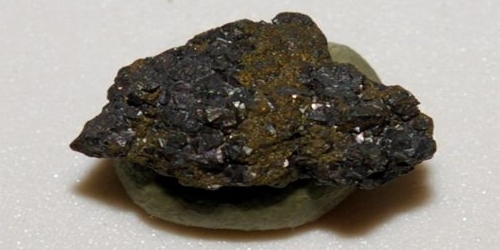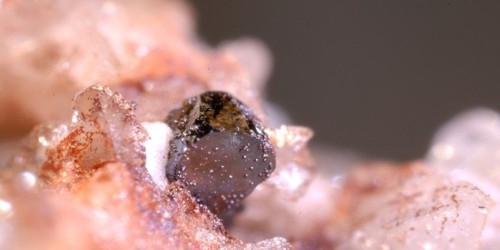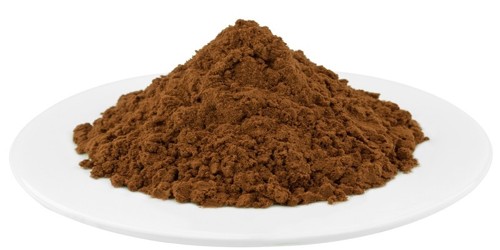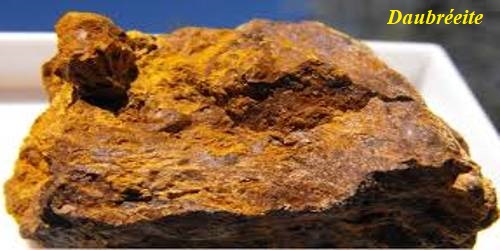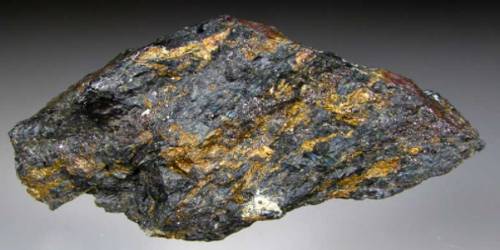Krut’aite (also spelled Krutaite) is a rare mineral with the formula CuSe2. It crystallizes in the cubic crystal system. It has no industrial use, but it is a prized collector’s item. It was first identified in Petrovice, Okres Žďár nad Sázavou, Czech Republic, which is the only known locality in the Czech Republic for the mineral, but it has since been identified in other places in the world.
General
- Category: Selenide minerals
- Formula: CuSe2
- Crystal system: Cubic
- Crystal class: Diploidal (m3)
- Space group: Isometric.
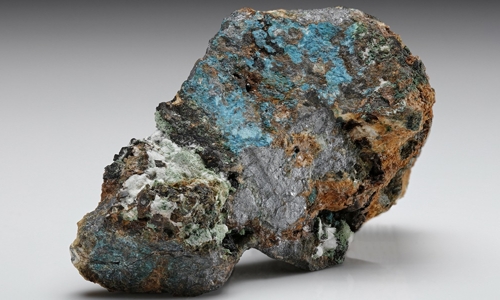
Fig: Krut’aite
Properties
It is part of the pyrite group, being composed of Cu2+ ions and Se22- ions. The mineral is most often found as a dark grey aggregate consisting of tiny crystals no more than a millimeter in size. The crystals are opaque in any size.
- Color: Grey
- Crystal habit: Often found as inclusions or octahedral crystals.
- Cleavage: Good
- Mohs scale hardness: 4
- Luster: Metallic
- Streak: Dark grey
- Diaphaneity: Opaque
- Specific gravity: 6.53 (calculated)
- Ultraviolet fluorescence: None
- Solubility: Insoluble
Occurrence
Krut’aite forms through hydrothermal processes and is often associated with clausthalite, eskebornite, berzelianite, uraninite, hematite, ferroselite, bukovite, umangite, chalcopyrite, and goethite. It forms a solid solution series with trogtalite.
Notable is the El Dragón Mine, Antonio Quijarro Province, Bolivia, where crystals up to a millimeter in size have been found. Other localities include:
Weintraub Mine, Lerbach, Rosenhof veins, Clausthal-Zellerfeld, Harz, Lower Saxony, Germany.
Tumiñico Mine, Sierra de Cacho, Villa Castelli, General La Madrid department, La Rioja, Argentina.
Information Source;
